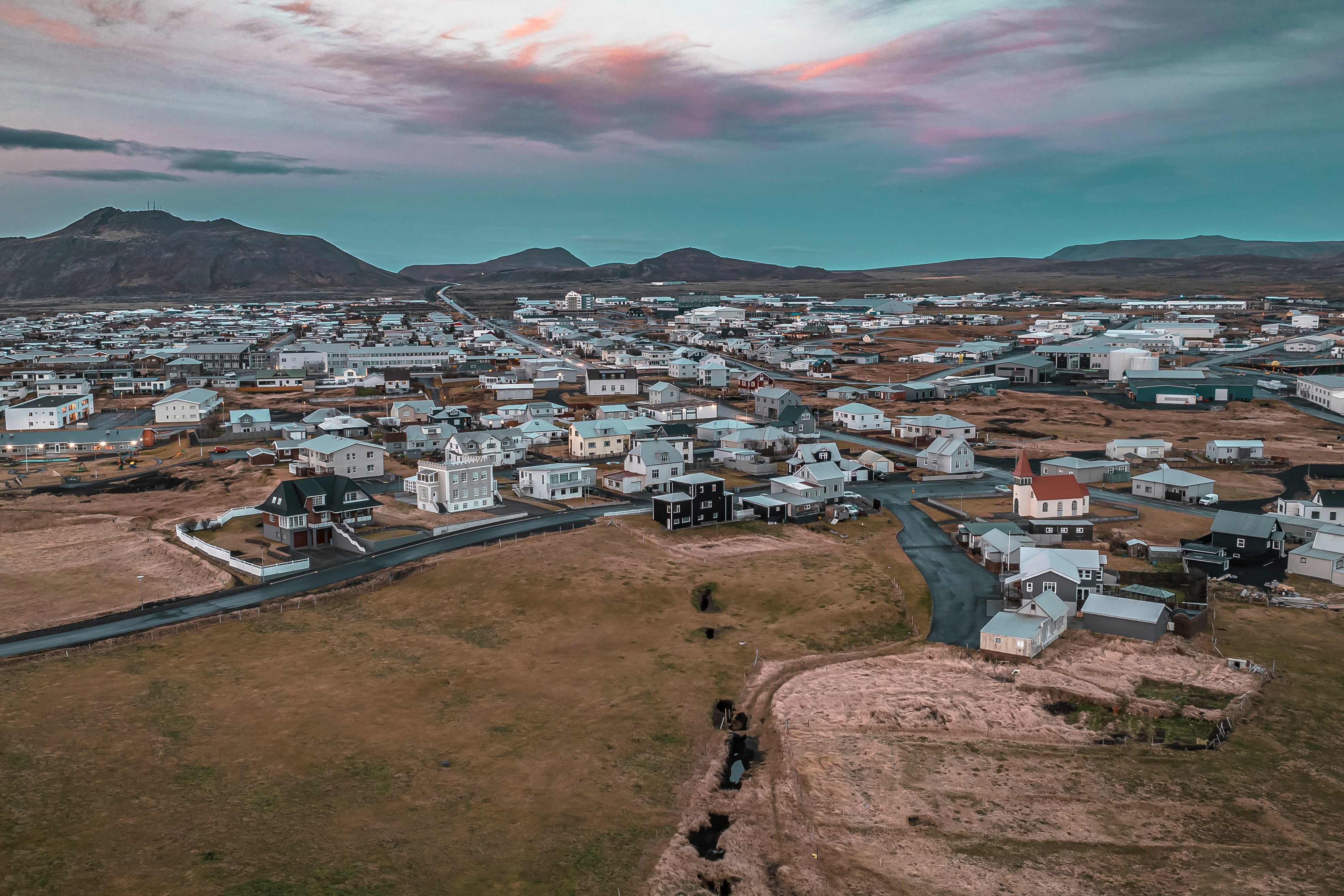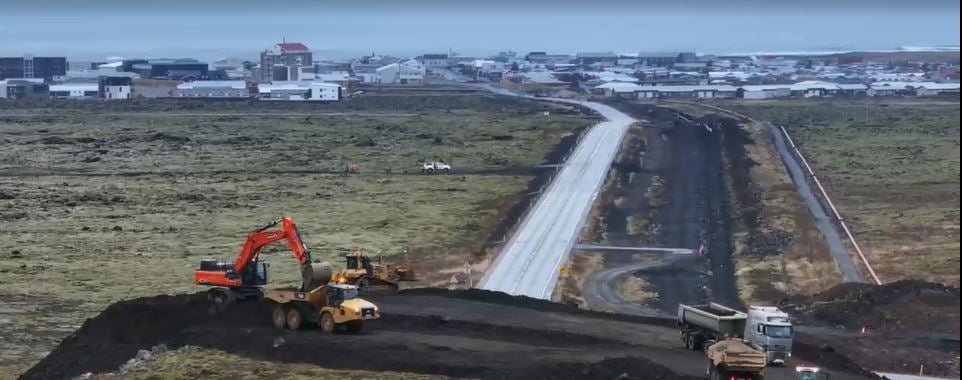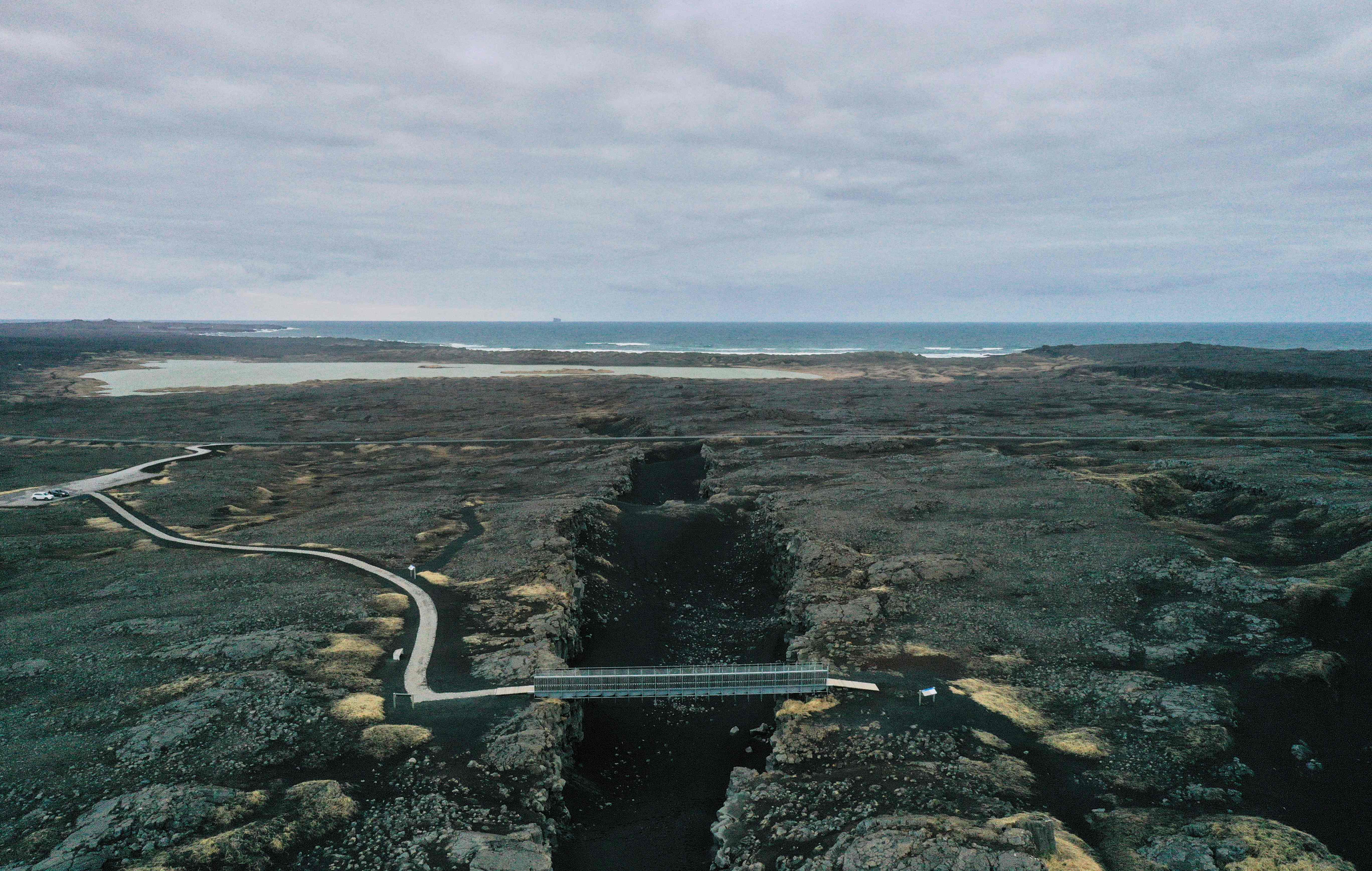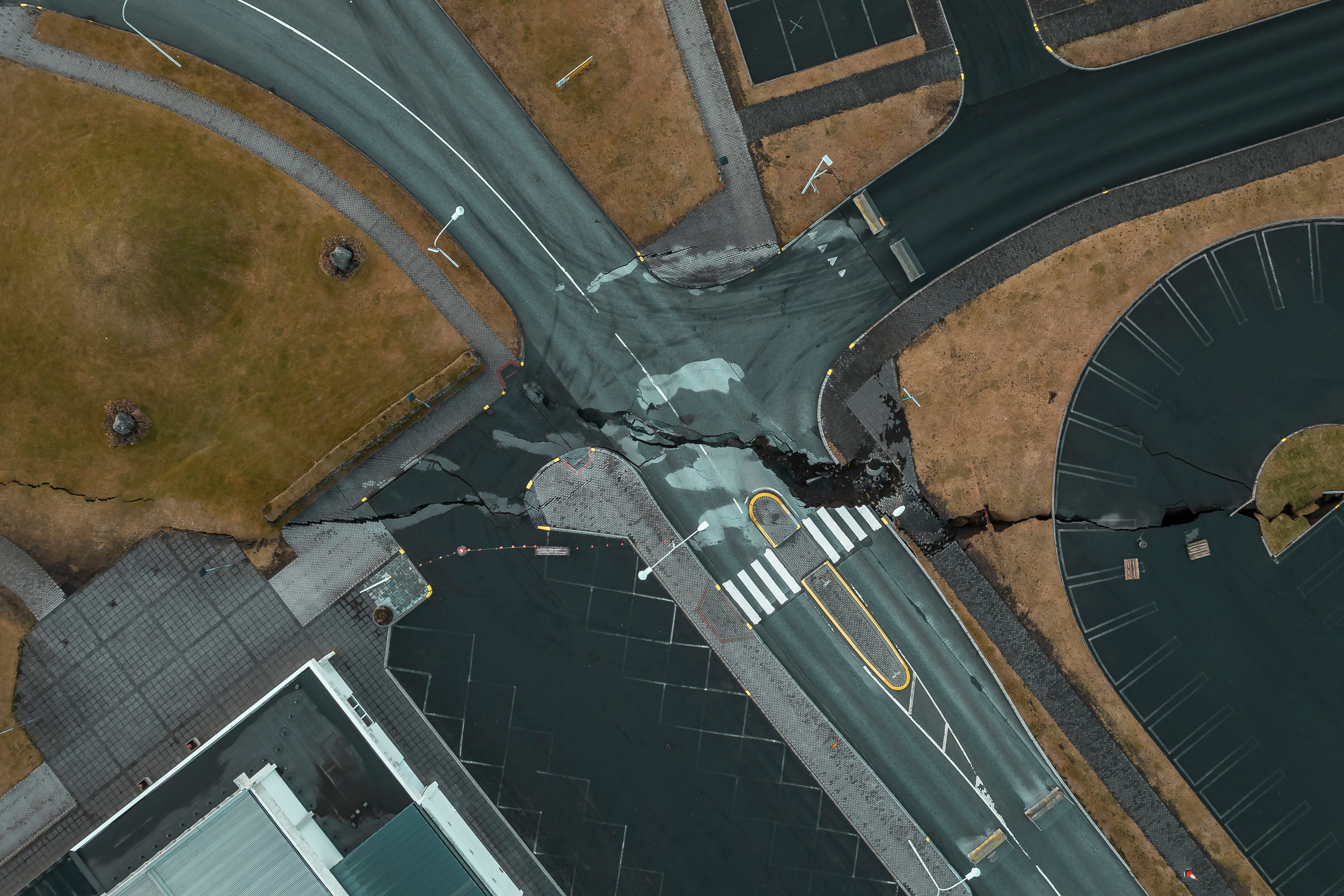When will the Iceland volcano erupt and what happens when it does?
Iceland fear the unknown as scientists predict “new eruption phase” - here is what we know so far
Your support helps us to tell the story
From reproductive rights to climate change to Big Tech, The Independent is on the ground when the story is developing. Whether it's investigating the financials of Elon Musk's pro-Trump PAC or producing our latest documentary, 'The A Word', which shines a light on the American women fighting for reproductive rights, we know how important it is to parse out the facts from the messaging.
At such a critical moment in US history, we need reporters on the ground. Your donation allows us to keep sending journalists to speak to both sides of the story.
The Independent is trusted by Americans across the entire political spectrum. And unlike many other quality news outlets, we choose not to lock Americans out of our reporting and analysis with paywalls. We believe quality journalism should be available to everyone, paid for by those who can afford it.
Your support makes all the difference.As an imminent eruption looms thousands of Iceland residents await their fate as their town could be wiped out within days.
Thousands of earthquakes rocked the southwestern peninsula of Reykjanes on Saturday 11 November leading semi-molten rock to ravage below the surface as the tremors caused a 15km long dyke to form, cracking the community in two as the ground was pushed upwards.
Some 3,400 residents from the town of Grindavik which lies on the path of the expected fissure vent eruption were forced to evacuate, they described the ‘apocalyptic’ scenes of their much-loved home town as they briefly returned to collect their belongings.
The whole population waits in limbo as they fear the fate of their close-knit community, many have already lost their homes whilst others do not know if their residencies still stand as earthquakes have continued to strike.

The displaced population have moved across the country as fellow Icelanders have offered their spare rooms and summer homes.
Since, volcanologists have noted a change in the stage of the eruption, making it more likely to come over the next few days.
Tamsin Mather, a professor of Earth Sciences from the University of Oxford told The Independent the most troubling challenge to overcome is the uncertainty of when the eruption will come.
She said: “It’s being very well managed in my opinion but it could accelerate very quickly as the heightened state of activity continues.”
When is it expected to erupt?
The Iceland Civil Defence noted “very clear signs of magma along the dyke” less than 1km below the surface, report RUV.
Víðir Reynisson, director of Civil Defence told the state broadcaster: “The likely time of something happening along the dyke, especially in the centre, if it happens, is within days not weeks.
“If this continues without an eruption the chance of one decreases with time pretty rapidly. But then we see the changes at Svartsengi which introduce possibly the next stage of this.”
The area near the Svartsengi power plant, about four km north of Grindavík, has entered a “new eruption phase”, an Icelandic volcanologist has suggested.

The land near the power plant is swelling as a chamber some 4.5 kilometres below the surface fills with magma at a rate of around 50 cubic metres per second, according to Professor Thorvaldur Thordarson.
“The land is rising much faster now. This happens simultaneously because the magma is creating space and thus raising the surface of the earth,” Professor Thordarson told Iceland Monitor.
It is still unclear when the eruption will take place as Grindavik evacuees remain on tenterhooks.
Professor Mather added the eruption could happen suddenly but the Icelandic Met Office are knowledegable, well-resourced and working through the night to alleviate any danger.
How dangerous would an eruption be?
In the worst-case scenario, an eruption could obliterate the entire town, wiping out schools, workplaces and cherished family homes.
However, two walls are being built around the Svartsengi geothermal plant to divert the potential lava flow away from the plant which provides hot water used for heating for 30,000 people, says RUV.
Professor Mathers said: “The lava could have an impact on the power station, the town and infrastructure. I really hope there are no fatalities or injuries as they have done everything to avoid that.”
Problems could arise if the lava flows towards the power station and the town’s infrastructure, she added.
The civil defence said in a conference earlier today that the risk of an eruption remains high but they cannot quantify the exact risks, say RUV.
Iceland is highly susceptible to natural disasters because it lies on the Mid-Atlantic Ridge – a divergent plate boundary where the North American Plate and the Eurasian Plate are moving away from each other.

The country has an eruption every four to five years. The most disruptive in recent times was the 2010 eruption of the Eyjafjallajokull volcano, which spewed huge clouds of ash into the atmosphere and grounded flights across Europe for days because of fears ash could damage aeroplane engines.
Professor Mathers, an expert in Iceland volcanology explained there are multiple factors that could affect the impact of an eruption.
She said: “Speculation isn’t terribly helpful but once the eruption starts, they will be able to think about the contours and the direction of the lava flow.”
It is hard to predict the flow path until the eruption starts, she added.
The best case scenario would be for the eruption to take place in the base of a valley, so the lava flows and does not travel far, said Professor Mather.
The worst case would be for the eruption to occur on high ground so the lava can flow down over a vast area.
Multiple factors could impact how destructive the explosion is, including the wind direction which influences where pyroclastic material and ash will blow.
Sulfur dioxide and hydrogen sulphide will also come up in an eruption which can affect air quality across a widespread area, added Professor Mather.
Scientists say an eruption would likely produce lava but not an ash cloud.
What would happen to residents?
Civil protection authorities told Associated Press that even if there is not an eruption soon, it’s likely to be months before it is safe for residents evacuated from the danger zone to go home.
In a worst-case scenario, if the eruption does happen close to the town of Grindavík it could devastate the entire town, as earthquakes have already destroyed homes.

The Icelandic Civil Defence told their state broadcaster the possibility of residents returning home to clear their homes, many have already been able to collect necessities and pets.
Jóhanna Lilja Birgisdóttir, a senior psychologist at Grindavík’s social services department revealed the town’s plan for displaced schoolchildren to RUV.
She said in a conference this morning there are two possible solutions: for the children to attend school where their family is staying or for school children to group together and attend schools in different parts of Reykjavík from next Wednesday.
Currently, Grindavik residents can apply for short-term accommodation through a government portal, where they can stay until mid-January.
What would an emergency response be?
An emergency response is already underway as magma intrusion measurements predict an eruption could arrive in days.
Once an episode starts, the area will be monitored for decades to come and emergency teams and experts will respond to risks as and when they come as once an eruption begins, they are better placed to track the likely disruption, explained Professor Mathers.
As it stands, Grindavik residents will not be able to return home as the magma intrusion is carefully monitored along the 15km dyke

Join our commenting forum
Join thought-provoking conversations, follow other Independent readers and see their replies
Comments